Patrisse Cullors Creates Spirits of Protection
By Taylor Marie ContarinoOn a sunny Saturday evening, artist-abolitionist Patrisse Cullors joined author and educator Jasmin A. Young for an intimate afternoon conversation at the Charlie James Gallery in Chinatown.
The exhibit is titled Between The Warp and Weft: Weaving Shields of Strength and Spirituality
The two women came together in an effort to shine light on what it means to be Black women in today’s society. Understandably, the topics of discussion ranged from state violence, to support systems, to community policing, and what it means to walk in your purpose.
Cullors’s art involves taking painful realities and making them beautiful. Through her artistry, she brilliantly showcases themes of resilience, strength, and courage. Members of the audience truly resonated with and connected to every sentence. “I feel very seen.” remarked an audience member from London. “For those of us Black women who are involved in the front lines of confronting state violence…. I don’t know how else we can be honored,” said another.
Cullors cited her deep-seeded belief in spirituality, the universe, and how they inform human connection and community. Her belief in the spirit allows her to understand human connectivity in a deeper way than most can. “Every single piece of work I’ve created, I’ve prayed over each one.” Her collection has meanings that extend further than her own story. In fact, each artifact within her collection is intentionally curated and designated to a Black woman of importance in her life. “…And I made one for myself,” finished Cullors, an important detail.
Cullors gestures to her art, explaining its meaning
A central aspect of this conversation was about the necessity for self-care and self-love —ultimately culminating in the necessity for self-protection. This is an integral theme of her collection. “Oftentimes, we are looking to Black women to save. There is that conversation about us constantly saving,” described Jasmin A. Young, “But we need protection.” “The expectation is that Black women give and give,” added Cullors, “but we don’t receive.” For Cullors, this collection represents not only her choosing herself, but the greater conversation surrounding Black women choosing themselves. Always searching for new methods of rediscovery and self-compassion, Cullors expressed her decision to approach life in a way where she now searches for opportunities to engage in self-protection.
From June 15th to July 20th, Cullors’s protective swords were on display for the city to see, and viewers were enamored by the collection of materials used:
Aluminum
Copper
Brass
Stainless steel
“I wanted to, selfishly, work with different metals,” she remarked on her creative process and how she went about formulating her art collection. “Copper is not an easy metal to work with. And I love that about copper,”
She reflected on the way that she feels right now, positioned in the world, in a position where she is taking what she sees, and trying to construct beauty out of it. Cullors has spent a lot of time thinking about people who were leaders in some of the hardest historical moments. She has been “asking questions and reminding herself that they lived through it… in the most normal way possible.”
Symbols of protection hang prominently on the exhibit walls
Now, she intends to do the same, even in the midst of the pain and suffering collectively being felt across the world. “The idea that there is a one way to be to deal with racial capitalism… it’s not plausible,” she explained. A moment of respectful silence was offered for the late Sandra Bland, who passed away in 2015.
The conversation then shifted from a reflection on public pain to a heart-to-heart on sparking joy. An audience member asked the writer and artist about how they go about finding joy in the creative process. “I know that there is a larger calling and when I hear that calling, I listen to it and I become obedient to it. And I know there is joy in it… What if we could just be out here in the world creating stuff? And it is not connected to our livelihood?” asked Young, sparking an interesting conversation on capitalism and creativity. Can there be a world where we, as humans, create just to create?
Jasmin Young guides the conversation in the gallery











